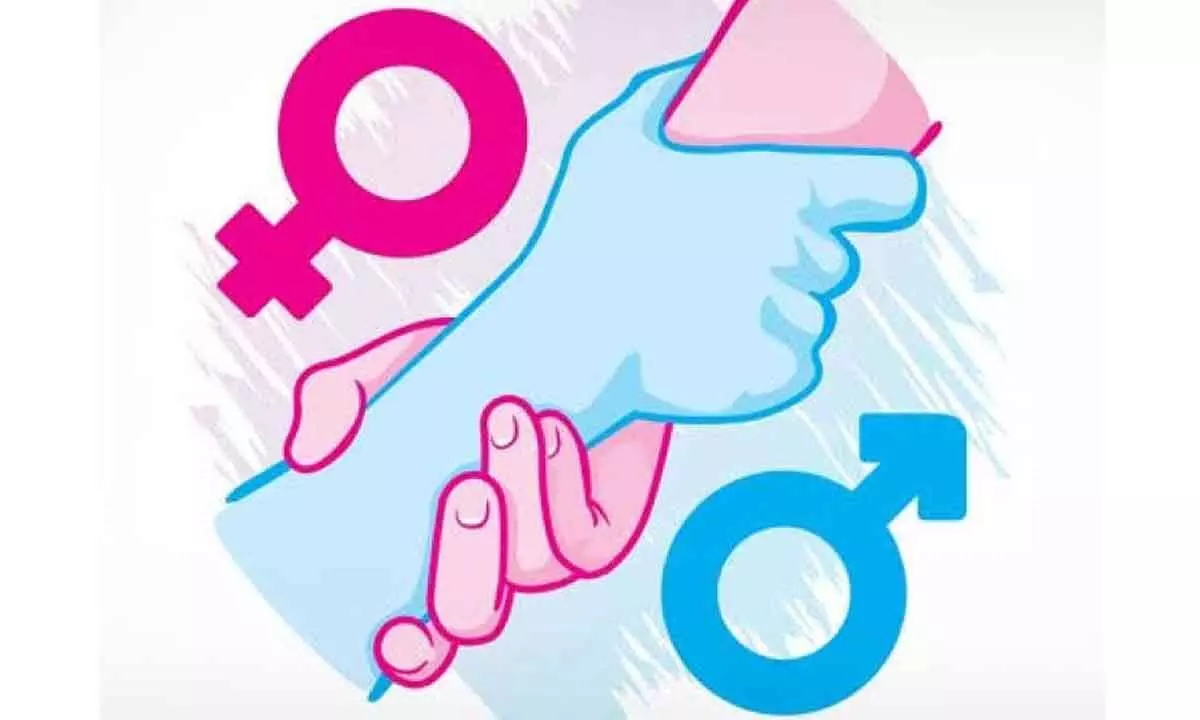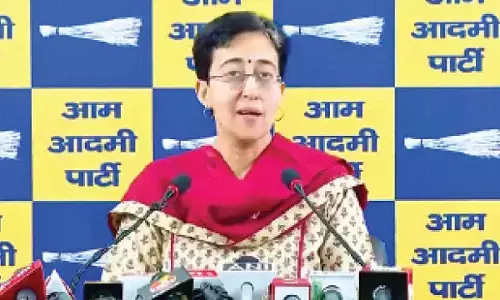Gender justice vital for systemic changes

The Chief Justice of India D Y Chandrachud on Wednesday minced no words in stating that the legal profession has been feudalistic and unwelcoming of women and racially disadvantaged.
The Chief Justice of India D Y Chandrachud on Wednesday minced no words in stating that the legal profession has been feudalistic and unwelcoming of women and racially disadvantaged. This sharp observation came during his conversation with Professor David B Wilkins after being awarded the Harvard Law School Centre on the Legal Profession's highest professional distinction, the Centre on the Legal Profession Award for Global Leadership.
Many in the legal profession may not like the observation, but the reason for this could only be their disposition towards women. If the legal profession has been feudalistic and has not been welcoming of women and racially disadvantaged, it is exactly because of its attitude towards gender development. The competition to secure admissions into reputed Law colleges is very stiff and girls compete with boys in getting into them and do succeed in securing admissions too. For that matter, girl students do much better than boys in board examinations every year. The percentage was 94.5 last year. But how many women have made their mark in the field? Is it only because they are less talented?
The point highlighted by the CJI is not confined to the legal profession alone. Be it in politics, the corporate world and businesses, women have not been given their due and not given equal opportunities. The corporate ecosystem is very slow in evolving and assisting women to excel in their professional lives. Barriers are unseen here. One may philosophise the reasons and put forward a complicated argument to prove otherwise. But, the basic cause and reason does not change. Man. The 'he' in 'She' never allows the latter to climb the ladder giving out so many reasons. The adherence to outmoded practices in the corporate world are said to be one of the primary contributors. Validation of one work or contribution does not come easily for women however talented one might be. The landscape of hostility forces women to lie low or pretend to ignore their own ambitions.
There is also a life-work balance factor. Men are not burdened with it usually and women face the brunt. This is true about all societies and it is not just peculiar to India. Reports suggest that only 23% of executives around the world are women. When it comes to board members, the number of women stands at just 20%. The tall talk of gender diversity and affirmative actions of the corporate world in India has not been able to really bring women to the top. Out of 1,814 chief executives and MDs of NSE-listed companies, only 67, or 3.69% are women as of March 6, 2019, as per latest data. Out of every 100 CEOs only three are women.
It is a fact that women continue to be underrepresented in leadership positions everywhere. This under representation is at least partly driven by gender stereotypes that associate men, but not women, with achievement-oriented, agentic traits (e.g., assertive and decisive). Enough research has gone into the subject to suggest that women in top positions could change the stereotypes in every field. Perhaps that is the only solution. Female representation is not merely an end, but also a means to systemically change insidious gender stereotypes and overcome the trade-off between women being perceived as either competent or likeable.











